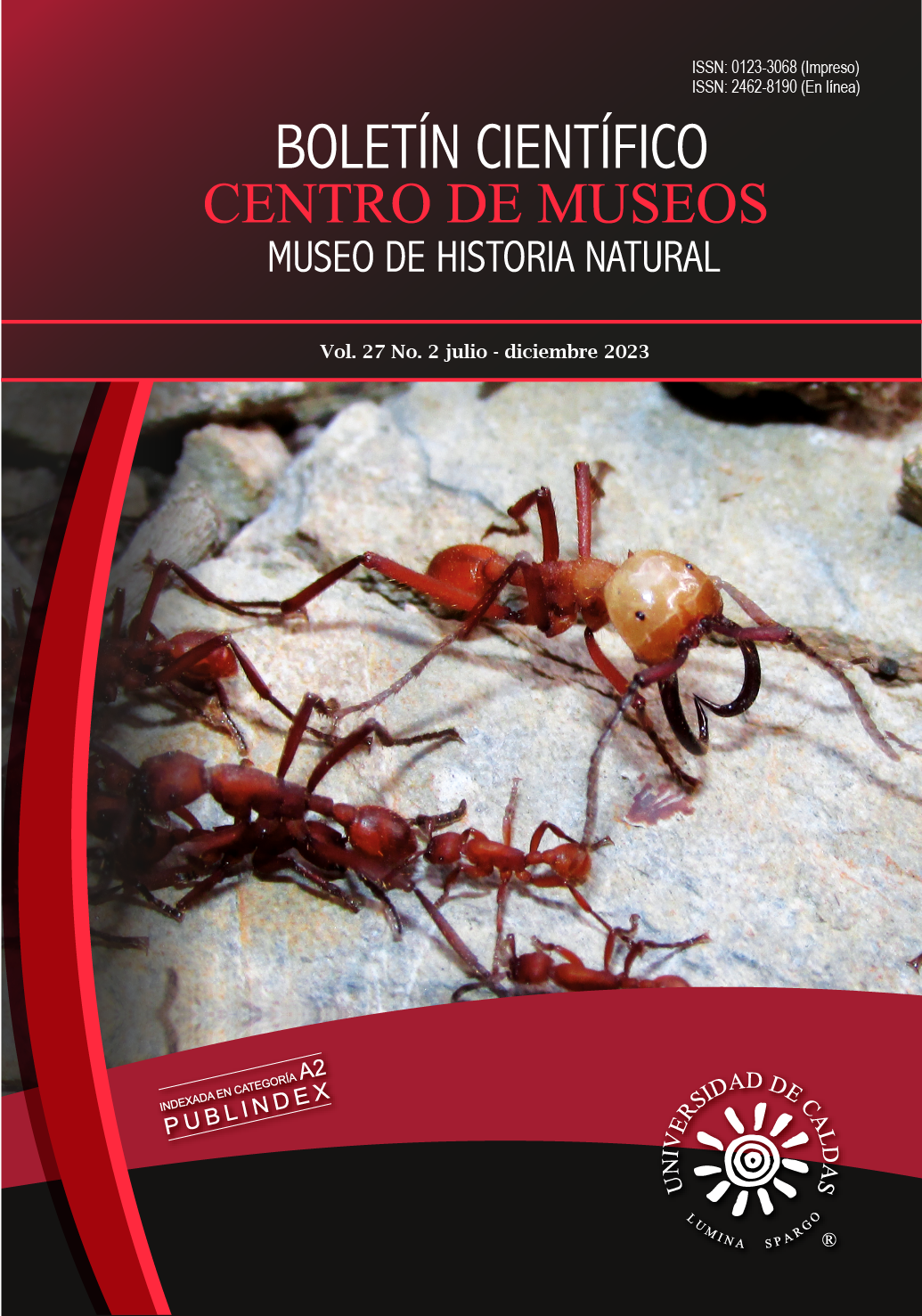Authors
Abstract
The objective of this study was to evaluate the inclusion of common fly larvae meal (Musca domestica L.) in the feed of Cobb broilers on productive parameters, carcass quality and economic viability. A total of 100 one-day-old Cobb broilers were used, distributed in a completely randomized design with 4 treatments and 5 replicates of 5 birds in each experimental unit, for a period of 42 days. The treatments consisted of replacing the commercial concentrate with different levels of larval meal (HDL), as follows: T1: 100% concentrate; T2: 88% concentrate and 12% HDL; T3: 83% concentrate and 17% HDL and T4: 78% concentrate and 22% HDL. The productive variables evaluated were: final weight, weight gain and feed conversion and the quality variables were: carcass weight, carcass yield, breast and leg yield. The results obtained for productive parameters in the birds showed no differences (P>0.05), the carcass quality indicators showed differences in the leg yield, with treatment 1 obtaining the best results (P<0.05). The best breast development was obtained in T4 (34.21% of carcass weight). It was concluded that the inclusion of house fly larvae meal generates a development similar to that of chickens fed conventional feed. On the other hand, the use of this meal in broiler diets reduces production costs by 40%, being a good feeding strategy in poultry farms.
Keywords:
References
Curiquén, E. y González, H. (2006). Uso de manano oligosacáridos como una alternativa a los antibióticos. Circular de Extensión Técnico Ganadera, 32, 41-50.
FENAVI. (2015). Federación Nacional de Avicultores de Colombia-FENAVI.
Hwangbo, J., Hong, E., Jang, A., Kang, K., Kim, W. y Park, B. (2009). Utilization of house fly-maggots, a feed supplement in the production of broiler chickens. Journal of Environmental Biology, 30(4), 609-614.
Khan, S., Khan, U., Sultan, A., Khan, M., Hayat, U. y Shahid, S. (2015). Evaluating the suitability of maggot meal as a partial substitute of soya bean on the productive traits, digestibility indices and organoleptic properties of broiler meat. Journal of Animal Physiology and Animal Nutrition, 10, 1-8.
Lazo, G., Zabal, M. y Baires, R. (2010). Uso de larva de mosca domestica (Musca domestica L.) en diferentes porcentajes, como suplemento en la alimentación de codorniz (Coturnix coturnix japónica) en fase de engorde (tesis de pregrado). Universidad de El Salvador.
López, F., Caicedo, A. y Alegría, G. (2012). Evaluación de tres dietas con harina de hoja de bore (Alocasia macrorrhiza) en pollos de engorde. Revista MVZ. Córdoba, 17(3), 3236-3242.
Okah, U. y Onwujiariri, E. (2012). Performance of finisher broiler chickens fed maggot meal as a replacement for fish meal. Journal of Agricultural Technology, 8(2), 471-477.
Pazmiño, A. (2007). Análisis Comparativo del Rendimiento de Pollos de Engorde en la Vía a la Costa por Efecto del Suministro de Alimento Balanceado Preinicial en su Dieta (tesis de maestría). Escuela Superior Politécnica del Litoral.
Pretorius, Q. (2011). The evaluation of larvae of Musca domestica (common house fly) as protein source for broiler production (tesis de doctorado). University Stellenbosch.
Pro, M., Cuca, G., Becerril, P., Bravo, M., Bixler, C. y Pérez, H. (1999). Estimación de la energía metabolizable y utilización de larva de mosca (Musca domestica L.) en la alimentación de pollos de engorda. Archivo Latinoamericano de Producción Animal, 7(1), 39-51.
Rosario, C. y Urbina, S. (1998). Inclusión de la harina de larva de mosca doméstica (Musca domestica) en la dieta de pollos de engorde (tesis de pregrado). Universidad Nacional Agraria.

 PDF (Español)
PDF (Español)
 FLIP
FLIP
 Perfil Google Scholar
Perfil Google Scholar



















